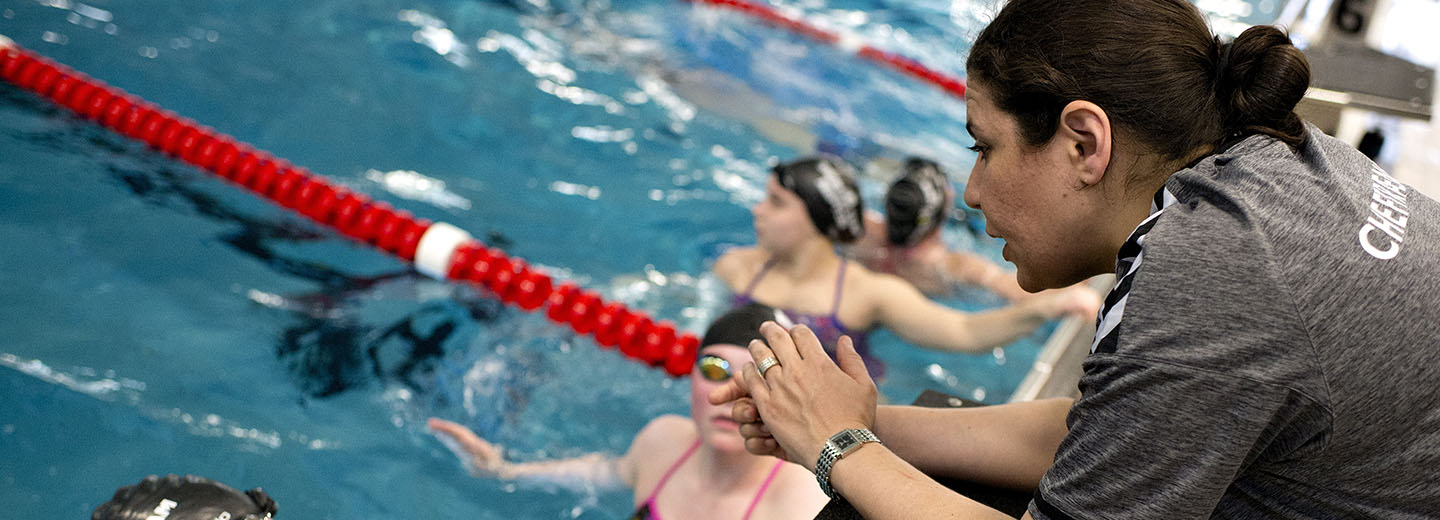
Explaining similarities and differences between European sports clubs
An overview of the main similarities and differences between sports clubs in ten European countries and the potential explanations
Karsten Elmose-Østerlund, University of Southern Denmark, Denmark
Bjarne Ibsen, University of Southern Denmark, Denmark
Siegfried Nagel, University of Bern, Switzerland
Jeroen Scheerder, KU Leuven, Belgium
Summary
This report sets out to disseminate the most central results from the European research project ‘Social Inclusion and Volunteering in Sports Clubs in Europe’ (SIVSCE). More specifically, the report has combined knowledge about a) sports club policies, b) sports clubs and c) members and volunteers across borders in ten European countries.
The data applied has previously been disseminated in three mainly descriptive reports, but this report has condensed the information from these three reports in order to provide the reader with an overview of the most important findings. Furthermore, potential explanations for the identified similarities and differences have been found and presented.
The report consists of three topical chapters that also set the structure for this excerpt of the results of the analyses.
Sports clubs: history, policies and characteristics
Sports clubs in Europe have many features in common:
- There is a relatively uniform understanding across the ten countries of what a sports club is.
- In most of the ten European countries, sports policies and the role of sports clubs can be traced back to the formation of the sports system in each country during the period after World War II.
- In most of the ten countries, the majority of the clubs are small, with less than 200 members.
- The majority of European sports clubs are single sport clubs with one main sports activity.
- In all ten countries, the proportion of clubs using public facilities is higher than the proportion of clubs using their own sports facilities
- In all countries, sports clubs receive public funding, but the direct public subsidies typically amount only to a small proportion of the clubs’ total revenue.
Social integration in sports clubs
A significant number of the sports clubs in all ten countries have members from the selected target groups and take special initiatives to integrate one or more target groups. It is more common for larger sports clubs to work for selected target groups than it is for smaller ones. Also, clubs that have a paid manager and undertake long-term planning are more inclined to take special initiatives.
Sports clubs seem to be important arenas for fostering integration of members and volunteers into club life (=socio-affective integration).
- The vast majority of sports clubs have a strong focus on companionship and conviviality, and a majority of the members and volunteers actively participate in club life.
- Socio-affective integration is mainly influenced by how members and volunteers are connected to their respective club.
- At the club level, the size of the sports club has a negative effect on socio-affective integration.
- Across all the forms of socio-affective integration measured, there is a general tendency for members and volunteers in Spanish and Polish clubs to score relatively high, while the score on socio-affective integration seems to be relatively low in sports clubs in Denmark and the Netherlands.
- This country pattern is inversely related to the pattern of the proportion of adults in the respective countries who are members of sports clubs. It seems that there is a trade-off between participation rate (within the population) and socio-affective integration (within the clubs).
Volunteering in sports clubs
In all ten countries, volunteering is a central element of sports clubs and the proportion of paid staff in relation to the number of members is far lower in all countries than the proportion of volunteers in the sports clubs. This is in line with the general attitude that volunteering should be a central element of sports clubs. About one in five members are engaged in a fixed position with slightly higher rates in Spain and Hungary and lower rates in Switzerland and Germany. The analyzes show that in countries where volunteering plays a minor role in society, sports clubs offer an important opportunity for civil engagement.
Across all ten countries, a clear majority of volunteers are satisfied with the general conditions that the clubs provide for their work. The relative frequency of satisfied volunteers is similar in all ten countries, with the highest rates in Belgium (Flanders) and Spain, and the lowest in Germany and Hungary.
Photo: Lars Holm/DGI Fotoarkiv
Explaining similarities and differences between European sports clubs
Karsten Elmose-Østerlund, Bjarne Ibsen, Siegfried Nagel and Jeroen Scheerder